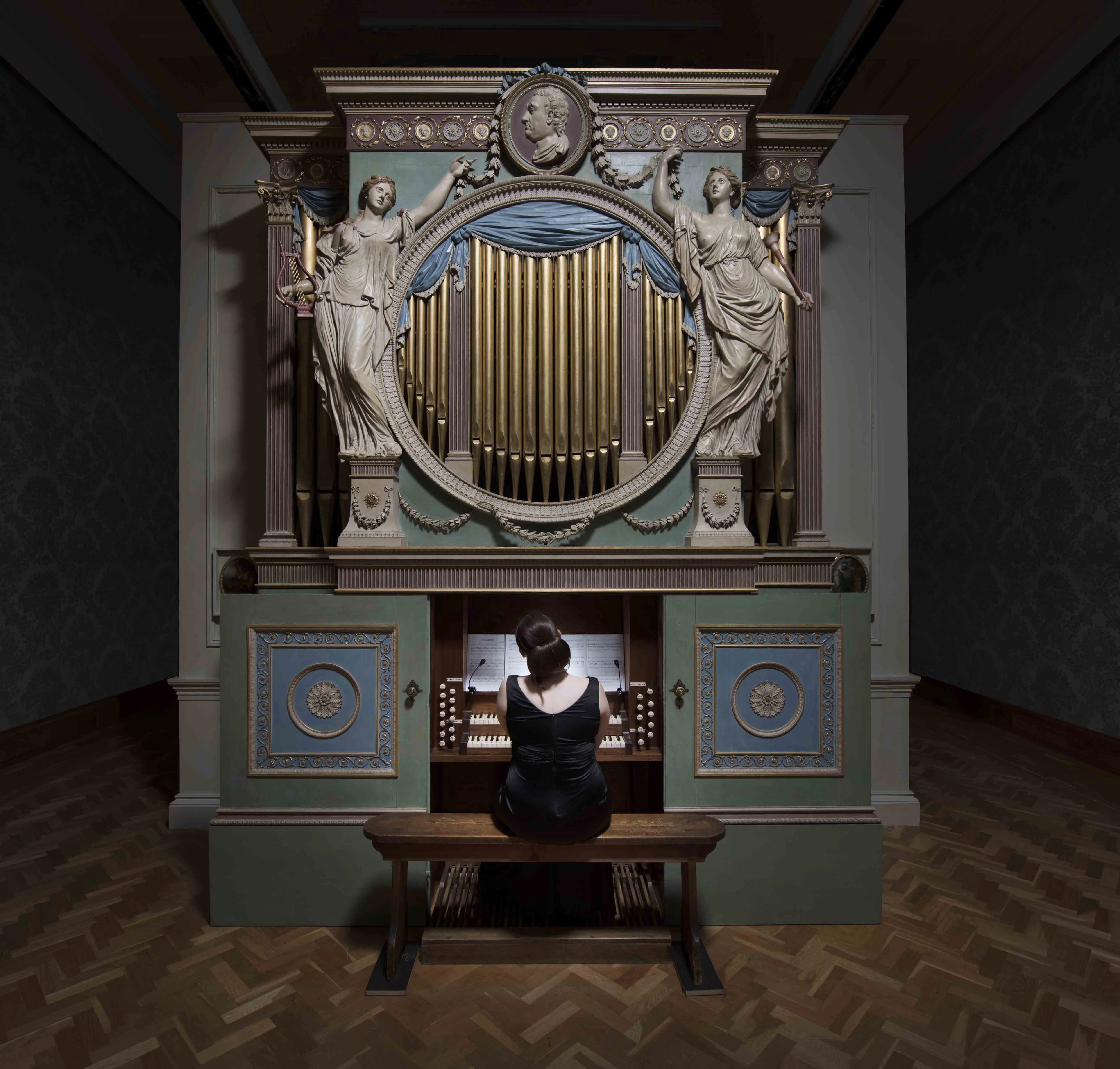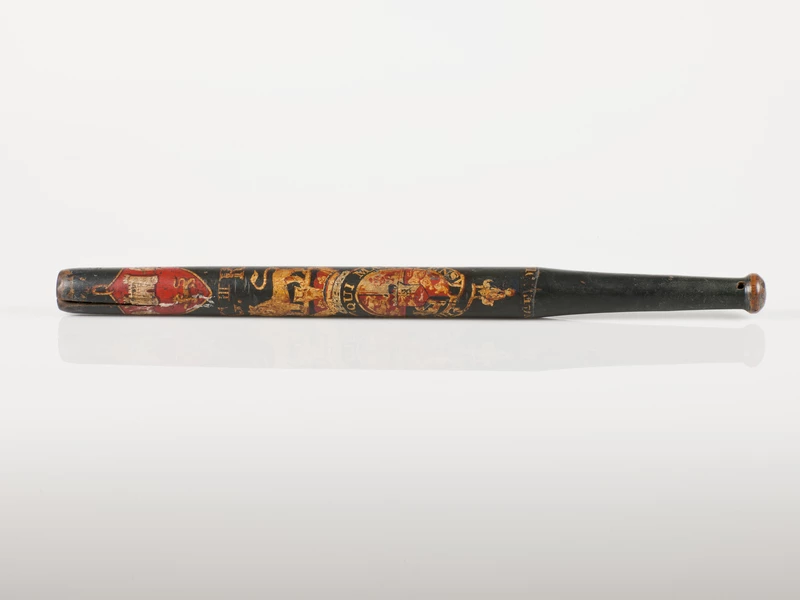Working in the arts, we are continually reminded of our labour and our value. Negotiating with institutions around fair pay is more common, pay and labour disparities between art workers and directors are being openly spoken about, and the history of art collections as ‘financial asset first, public resource second’ is becoming plainer to see. Inequalities of power and money hang over the art system, but creative methods of resistance are also being formed.
‘The artist as worker’ has become a point of return for us, as we try to work out the possibilities it holds and the reinterpretations it might need. Our sound piece Local 37 (2020) is a fictional underground radio station based around Carlos Bulosan’s short text The Writer as Worker, transmitting dialogue and strategies for the artist as worker. Local 37 takes its name from a union associated with migrant workers on the West Coast of the US in the 1930s, and the three-part ‘radio show’ inhabits the intersections of creation, transmission, and anti-colonial and working-class collectivisation. We returned again to this theme in a series of performances, one of which was Borrow Tomorrow (2021), which explored how the lack of appropriate compensation for labour in the arts encourages reusing, repurposing and commodifying past experiences. The arts can be the opposite of what they claim to be: a space for new, creative ideas to develop and grow. The many meanings and uses of the phrase, ‘the artist as worker’ are summarised in a section from our most recent performance PAMPHLET BOMB (2021), a dramatisation that alternates between a critical essay on the dynamic between art and work and a science fiction narrative about an agit-prop pamphleteering collective in the year 2025:
‘The phrase ‘the artist as worker’ is not prescriptive or final. It is used in many different ways, sometimes positioning the artist no longer as an artist at all but as a worker, or workers no longer as workers but as artists. At other times it is used to show a relation between the two positions, for example, that artists can be useful to labour struggles, or that artists can learn from labour struggles. It can widen the word ‘artist’ to include arts workers, those who clean, market, build, distribute, organise and facilitate. It is also a recognition of invisible labour, the unpaid work that supports everyday life and the possibility of working at all. It provides a way into thinking about how to organise without a shared workplace, with precarity and the gig economy, and the exploitation of immaterial labour.
‘The artist as worker is a possible vehicle for a wide-ranging alignment of aims, not just for opposing institutional hierarchies, but destabilising the centrality of institutions in general, and for sustaining forms of creative life that ‘[go] beyond social engagement to being socially created, recreated and evolved.’
Institutions of varying kinds are of course a major point of contention, vortexes of attention, when considering the future of power, money and visual culture today. As a means to make a living in ‘the creative sector’, they are rightly the subject of critique, their rhetoric of progressive values often hiding the overworked and lower paid staff upholding them. With the wages of directors going up, often well in excess of £100k, precarious and zero hours contracts rife, and the co-option, frustration and general exhaustion of those already at risk under racial capitalism, the problems of the institution seem a good place to start. Stephen Heinson’s ‘Art Work as Work: Contesting Labour’ takes up this critique, looking at the labour practices that help to facilitate and enact the art work itself. The essay draws attention to how the art system considers or doesn’t consider invisible labour, and looks to the current move towards supporting socially engaged practices in the arts. Jon Doyle’s ‘Paintings, Peasants & Philanthropy’ has a different approach, looking at public bodies’ reliance on philanthropy – seemingly benevolent acts that are often based on systemic inequality, capitalist exploitation and violent extractivist histories.
She Elloise’s banner and accompanying essay ‘In Response to the Police Truncheon’ documents the many types of resistance to these inequalities, considering the history of protest in the West in the context of the Police, Crime, Sentencing and Courts Bill currently being pushed through parliament. The banner becomes its own protest, art as a a form of direct action, as Georgia Day’s ‘The Writing on the Wall: Marginalised Communities and Graffiti as Resistance’ continues through the subject of anti-TERF stickering around Cardiff. An important point in this text is the way in which these creative acts don’t just resist but help to sustain the people they support, helping to create liveable worlds in which those people thrive. And this seems to us an important trajectory for changes to power and money in visual culture: the creation of autonomy – not just for artists but for all people.
Beau W. Beakhouse and Sadia Pineda Hameed
November 2021



